
Public Address (PA) systems have become an integral part of various applications, such as schools, airports, shopping malls, and stadiums. These systems consist of several components, including microphones, speakers, mixers, and amplifiers. The PA amplifier is a crucial component that amplifies low-level audio signals from microphones and other input sources and sends them to the speakers.
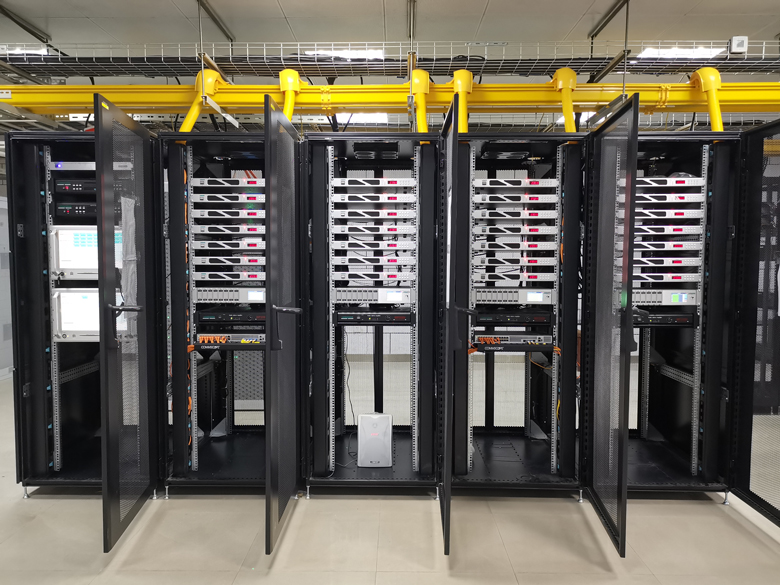
The PA amplifier's primary function is to increase the amplitude of the audio signals to a level that can drive the speakers. The amplifier achieves this by using a combination of electronic components, such as transistors, capacitors, and resistors. When a low-level audio signal is input into the amplifier, it goes through several stages of amplification, resulting in a high-level output signal that can drive the speakers.
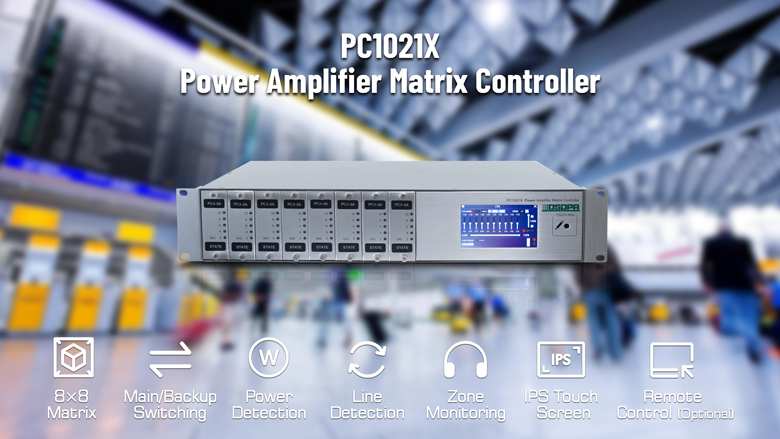
PA amplifiers come in different sizes, power ratings, and configurations to suit various applications. For instance, small PA amplifiers are suitable for use in small rooms and low-volume settings, while large amplifiers are used in stadiums, concert halls, and outdoor events. The power rating of an amplifier determines how loud it can drive speakers. Amplifiers with higher power ratings can drive larger speakers and provide louder sound.
In addition to amplifying the audio signals, some PA amplifiers also include additional features, such as built-in equalizers, mixers, and effects processors. These features enable users to fine-tune the sound and add various effects, such as reverb and echo.
PA amplifiers come in different types, each with its unique characteristics and advantages. The following are some of the common types of PA amplifiers:
Tube Amplifiers: Tube amplifiers, also known as valve amplifiers, use vacuum tubes to amplify the audio signals. These amplifiers are known for their warm, rich sound and are preferred by musicians and audiophiles. Tube amplifiers require periodic maintenance, such as replacing the tubes, and are generally more expensive than other types of amplifiers.
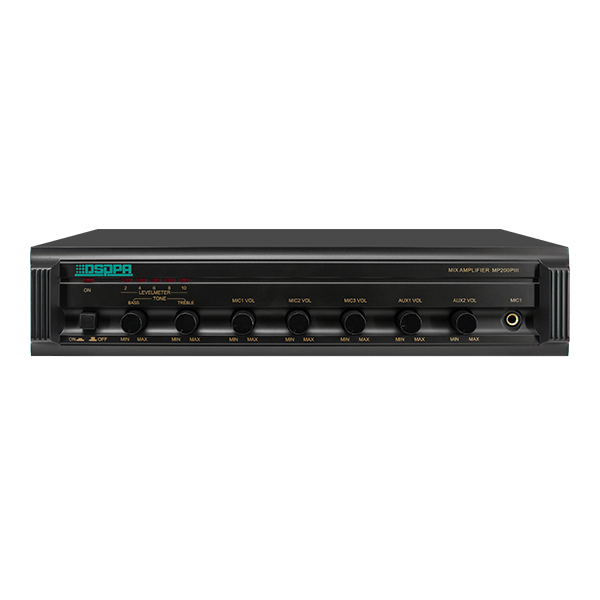
Solid-State Amplifiers: Solid-state amplifiers use transistors and other solid-state components to amplify the audio signals. These amplifiers are more efficient, reliable, and cost-effective than tube amplifiers. Solid-state amplifiers are also less prone to distortion and noise and have a longer lifespan.
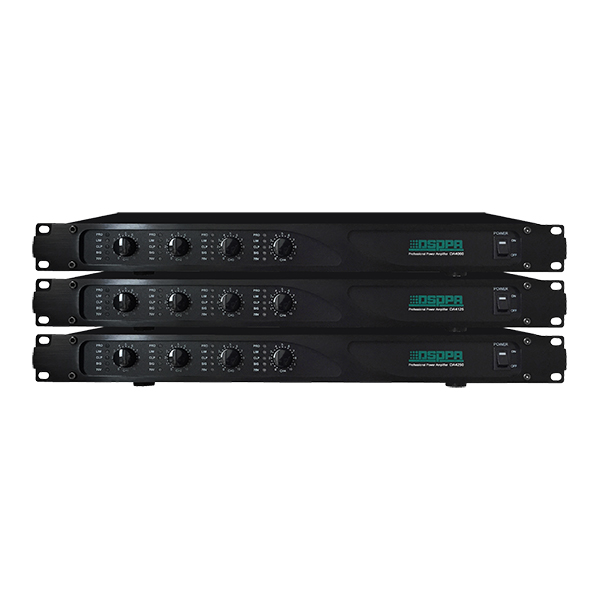
Digital Amplifiers: Digital amplifiers, also known as Class D amplifiers, use pulse-width modulation techniques to amplify the audio signals. These amplifiers are characterized by their small size, low heat generation, and high power efficiency. Digital amplifiers are ideal for use in battery-powered devices, such as portable PA systems.
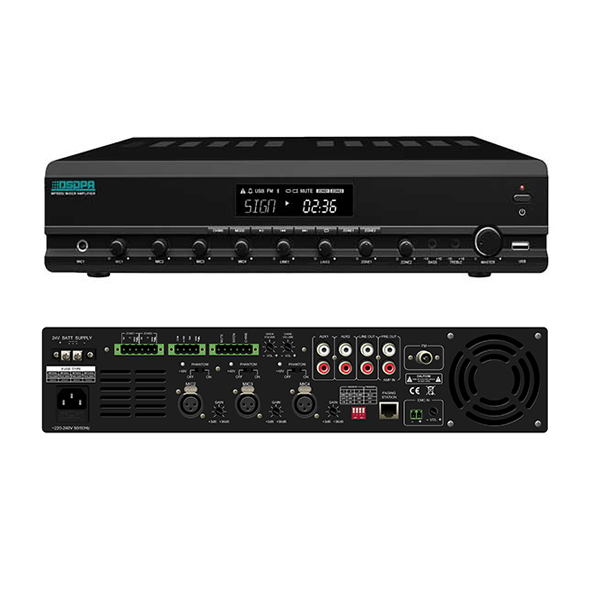
Hybrid Amplifiers: Hybrid amplifiers combine the characteristics of two or more types of amplifiers. For instance, a hybrid amplifier may use a tube preamp and a solid-state power amplifier. Hybrid amplifiers offer the warm, rich sound of tube amplifiers with the efficiency and reliability of solid-state amplifiers.
In conclusion, PA amplifiers are essential components of any PA system, as they amplify and distribute audio signals to speakers. PA amplifiers come in different types, sizes, and power ratings, and each type has its unique characteristics and advantages. When selecting a PA amplifier, it is essential to consider factors such as power rating, type of amplifier, and additional features. By choosing the right PA amplifier, you can ensure that your audio content is heard clearly and intelligibly by everyone in the audience.
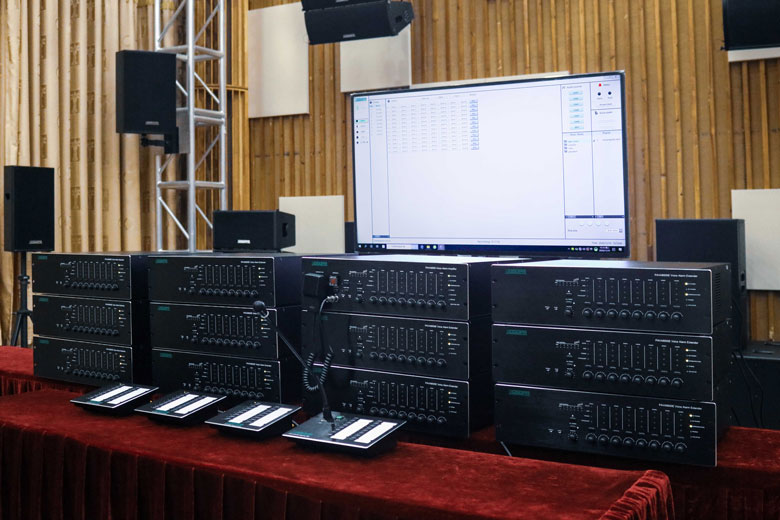 【DSPPA Demo】PAVA8000 EN54 Voice Evacuation SystemNovember 12, 2020Abstract: DSPPA PAVA8000 EN54 Voice Evacuation SystemToday, we are gonna show you a demo about our PAVA8000 EN54 Voice Evacuation System.PAVA8000EN54 Voice Evacuation System can not only support manua...view
【DSPPA Demo】PAVA8000 EN54 Voice Evacuation SystemNovember 12, 2020Abstract: DSPPA PAVA8000 EN54 Voice Evacuation SystemToday, we are gonna show you a demo about our PAVA8000 EN54 Voice Evacuation System.PAVA8000EN54 Voice Evacuation System can not only support manua...view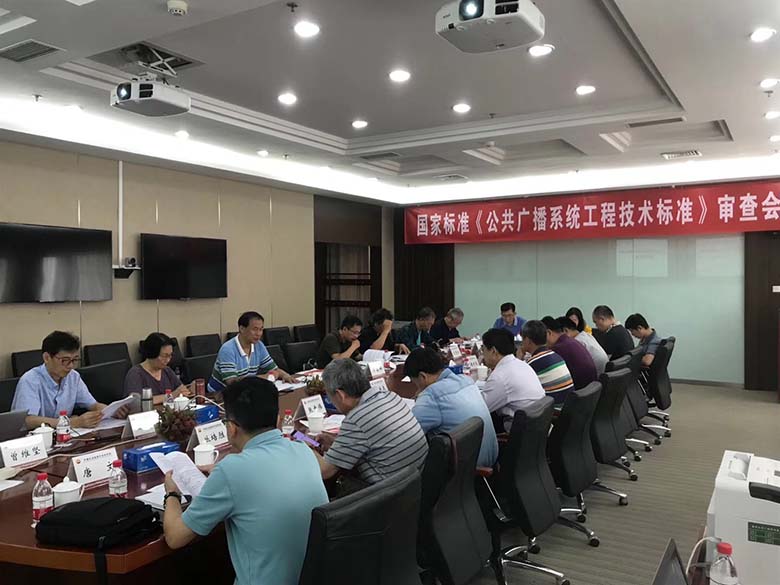 The National Standard Approval Meeting held in BeijingJuly 19, 2019The National Standard Approval Meeting held in BeijingThe approval meeting of the National StandardTechnical standard of public address system engineeringis held in Beijing on July 16, 2019. Xue Chang...view
The National Standard Approval Meeting held in BeijingJuly 19, 2019The National Standard Approval Meeting held in BeijingThe approval meeting of the National StandardTechnical standard of public address system engineeringis held in Beijing on July 16, 2019. Xue Chang...view